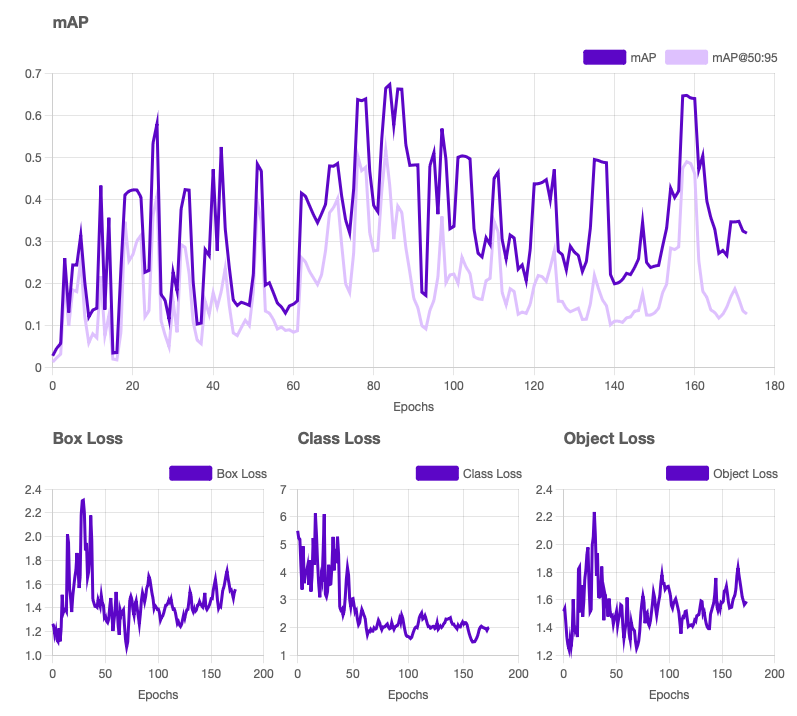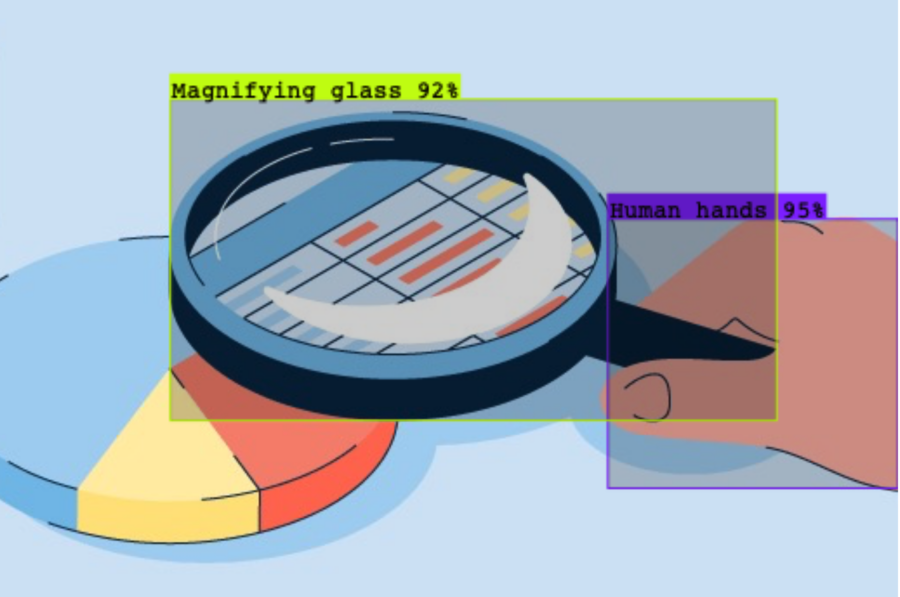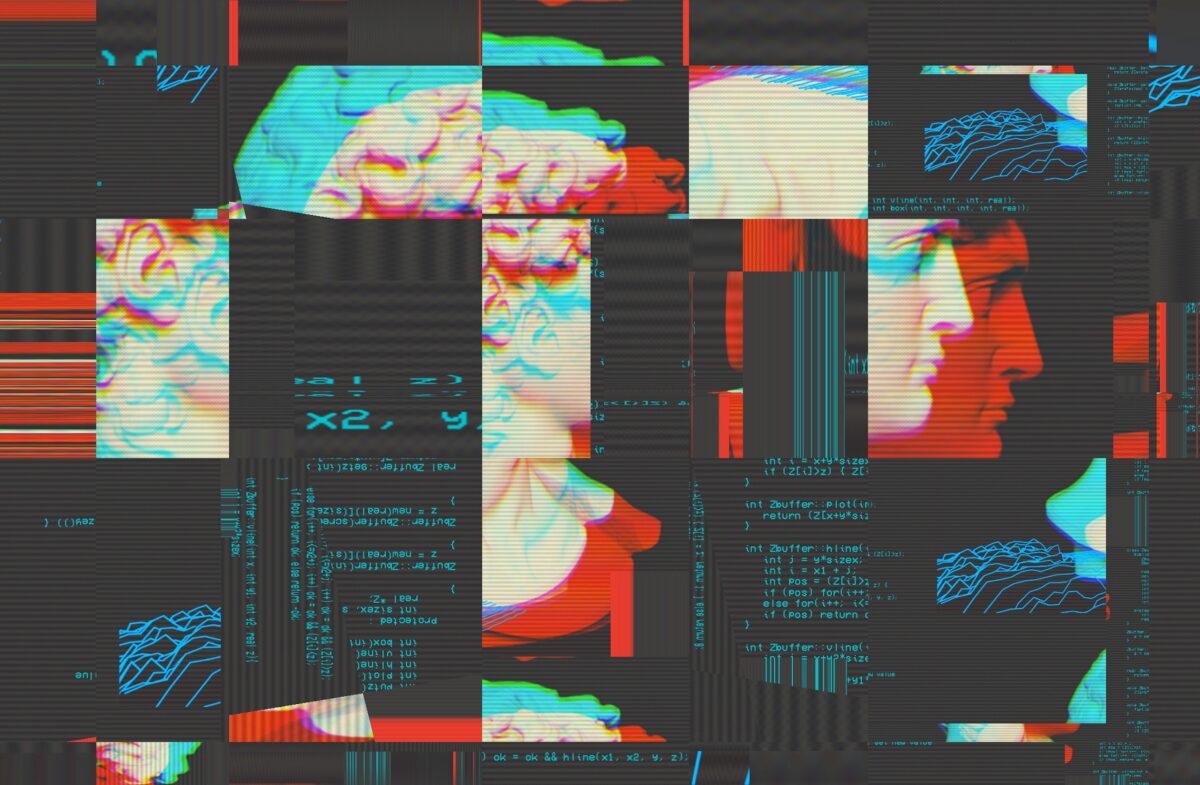Big Brand creative teams struggle with cataloging large libraries of historical branded illustrations, and how to make them easily accessible to globally distributed teams, new hires and partners.
Over the years, the business accumulates vast collections of images through multiple campaigns and design initiatives. Yet, design teams often struggle to leverage these collections efficiently due to several complications:
- Poorly labeled asset libraries
- Time lost searching ineffectively
- Distributed teams unfamiliar with the business’s full scope of work
- New designers unacquainted with past projects
- Lack of awareness of the brand’s evolution and current expression

These issues lead to inconsistent brand application and designers spending too much time duplicating creative efforts. Manual labeling and cataloging of illustrated assets are labor-intensive and inconsistent. However, with advancements in AI image recognition, these challenges are on the brink of becoming more manageable.
AI Image Recognition in Diverse Applications
AI image recognition has found application in various fields, such as medical imaging, self-driving cars, security, and commerce. Typically, these systems label objects within a limited dataset of specific object classes. Expanding or changing the set of recognisable objects often requires collecting new data, manually labeling it, and retraining the model for each new class—a time-consuming and costly process.

The Challenge of Brand Illustration Asset Management
For brand illustration asset management, the need is for a model that can:
- Recognise any object without extensive manual training
- Identify semi-abstract illustrations of common objects
- Improve recognition and labeling performance based on minimal (non-expert) human feedback
Zero-shot image recognition models, such as Meta’s Segment Anything Model (SAM), DINO, and YOLO World, are making strides in detecting new objects without the need to train and continually retrain AI models.
These models aim to recognise objects based on a text prompt without prior training, although they still necessitate manual review, correction, and some custom model retraining for accurate detection of a broad spectrum of classes.

For brand illustration, many open-source zero-shot detection models currently focus on real-world objects in photographs rather than illustrated elements. However, combining zero-shot detection models with manual labeling corrections and custom model training can produce a specialized detection model highly capable of recognising illustrated objects within a given brand style, albeit still with a much-reduced manual overhead.
Transforming Creative Asset Management
Zero-shot recognition models are poised to rapidly advance, enhancing their ability to recognise a broader range of object representations, including more abstract illustrated styles. We are on the threshold of revolutionizing how creative assets are labeled, cataloged, and made easily accessible to designers, allowing them to benefit from the entire history of a brand’s creative body of work.
Potential Benefits for Designers and Brand Managers
As AI image recognition and generative models continue to improve, several benefits are likely to emerge:
- Efficient Labeling and Organisation: AI can automatically label and organize vast image libraries, significantly reducing the time designers spend searching and manually labeling assets.
- Consistency in Brand Elements: Improved labeling and cataloging ensure consistency in brand elements, helping maintain a cohesive brand identity across all materials.
- Enhanced Creativity: With easy access to a well-organized library of past assets, designers can draw inspiration from previous work, fostering creativity and innovation.
- Cost Savings: Automating the labeling and organisation process reduces the need for manual labor in the asset management cycle and allows reuse of pre-existing work, resulting in significant cost savings for the business.
Customized Generative Tools
(Near) future developments in AI may provide designers with illustration-specific generative tools that can learn and evolve to specialize in very specific brand styles, offering tailored AI generative solutions for scale.
By analyzing large amounts of branded image data and recognizing patterns in existing designs, generative AI will be able to produce new, original content that adheres to the specific stylistic nuances of a brand. This will include converting sketches and mood boards into high-fidelity designs, generating 3D models, and features that will allow designers to rapidly refresh and remix illustrations while maintaining brand consistency.
Don’t get left behind
The integration of advanced AI image recognition tools into brand illustration asset management represents a significant step forward for brand design teams and brand managers. While challenges remain in fine-tuning these models to handle illustrated elements, progress in zero-shot recognition models holds great promise.
As these technologies continue to rapidly evolve, the potential to transform how creative assets are managed, labeled, and accessed will only grow. This evolution will not only enhance efficiency and consistency but also empower designers to unlock new levels of creativity and innovation, ultimately benefiting the brand as a whole.
To avoid being left behind, now is the time to explore and invest time in familiarization with AI image recognition technologies. By doing so, you can ensure that your business is well-prepared to leverage the full potential of its creative assets.
Some of our favourite tools in this space:
Roboflow
Leonardo.ai
